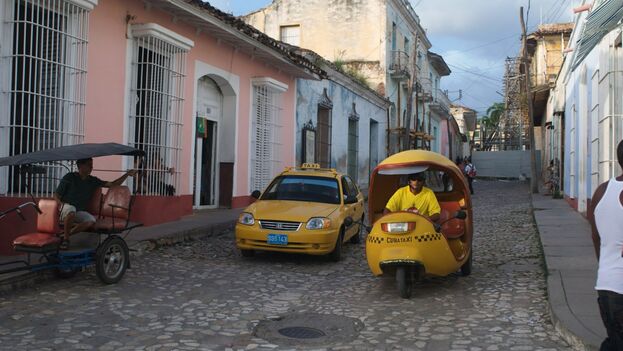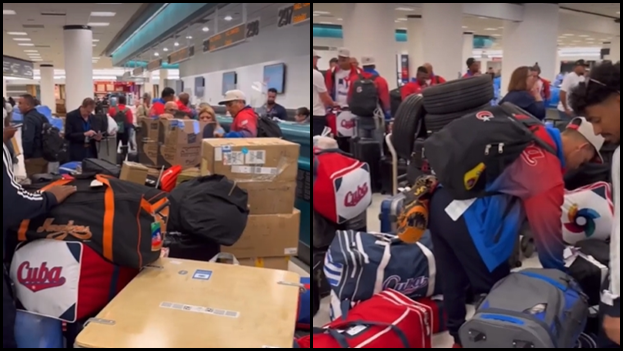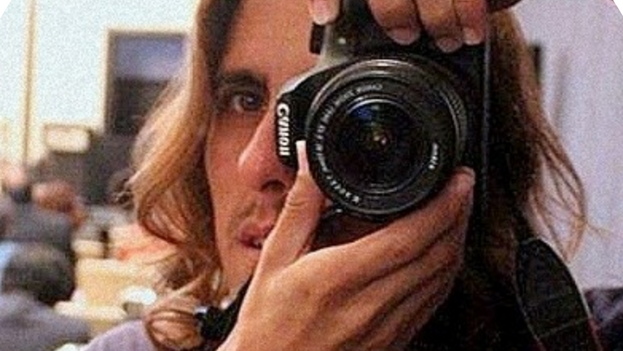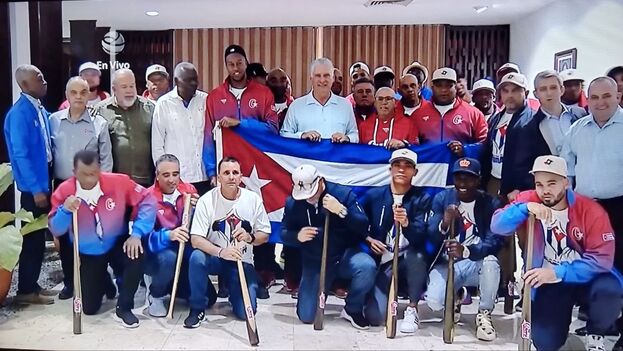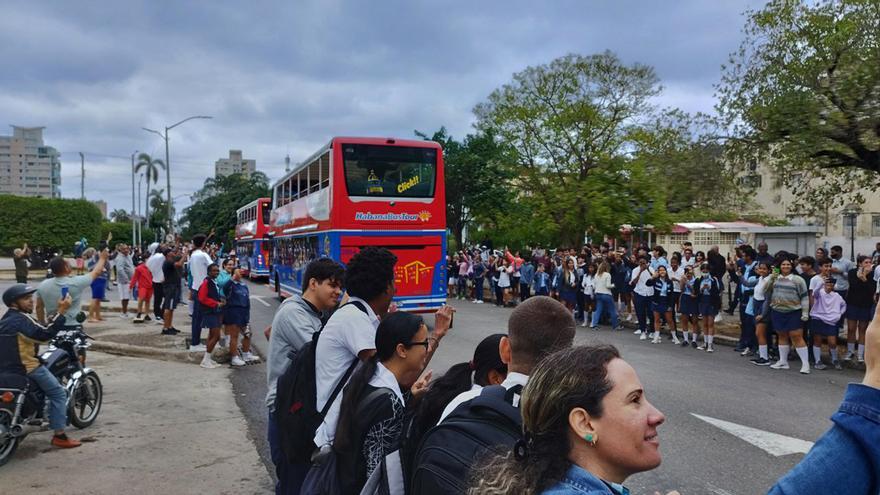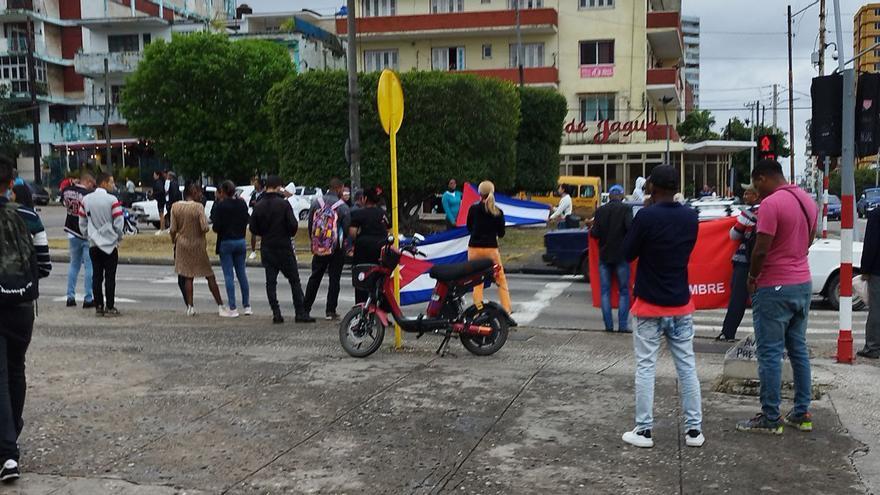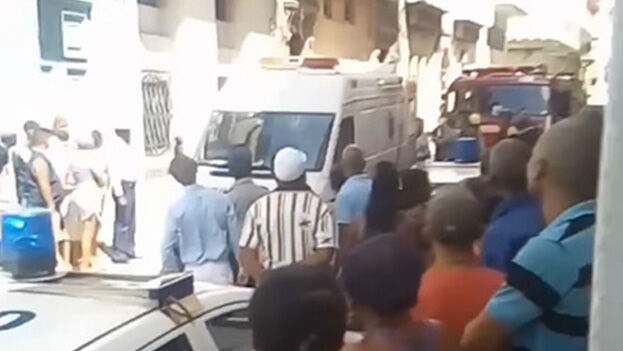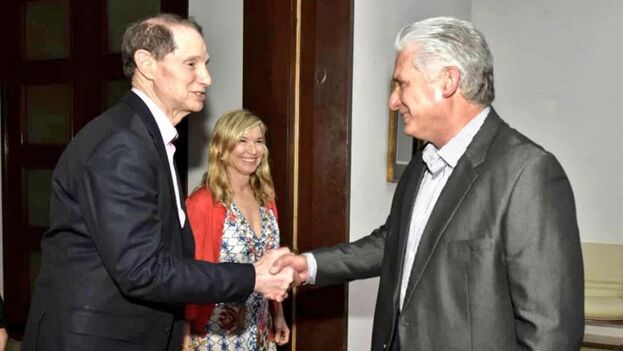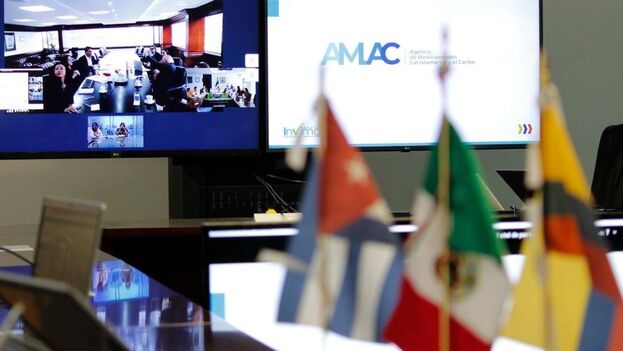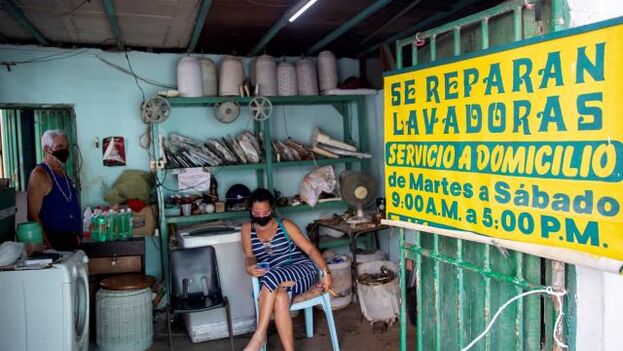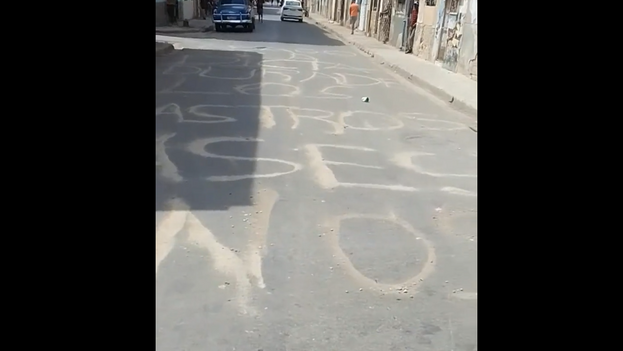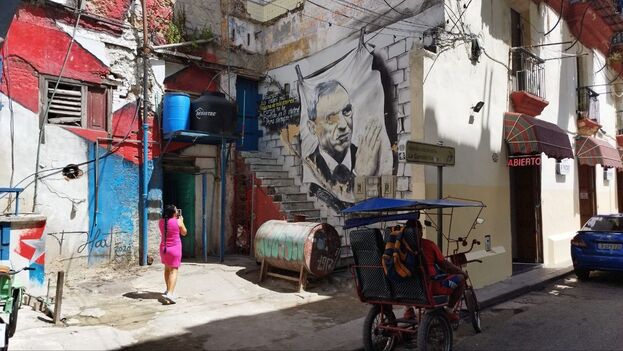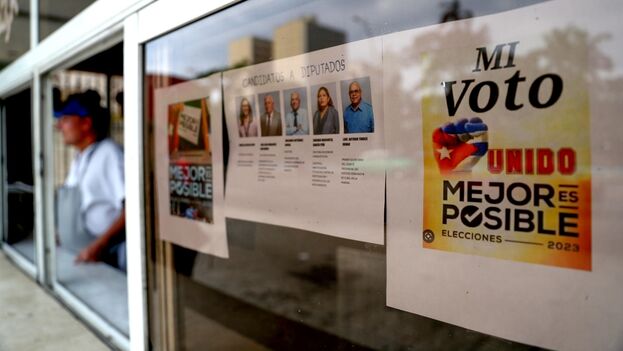
![]() 14ymedio, Havana, 20 March 2023 — On Monday, Zelandia de la Caridad Pérez, the national coordinator of the Cuban Commission for Electoral Defense (Cocude) denounced that several Cuban activists are being threatened with arrest by State Security if they persist in their intent to observe the electoral process on Sunday, March 26th, when the delegate candidates to the National Assembly of the People’s Power (ANPP) will be voted on and approved.
14ymedio, Havana, 20 March 2023 — On Monday, Zelandia de la Caridad Pérez, the national coordinator of the Cuban Commission for Electoral Defense (Cocude) denounced that several Cuban activists are being threatened with arrest by State Security if they persist in their intent to observe the electoral process on Sunday, March 26th, when the delegate candidates to the National Assembly of the People’s Power (ANPP) will be voted on and approved.
During a telephone conversation with 14ymedio, De la Caridad Pérez stated that for several days, the political police have been conducting this type of threat and also stated that “they are strongly repressing those who are campaigning for abstention, alluding to the recently approved Criminal Code.”
“A number of citizens and activists who promote and participate in a campaign for abstention are being threatened with judicial proceedings for supposed law violations,” signaled a joint statement by Cocude, Observadores de Derechos Electorales [Electoral Rights Observers], and Ciudadanos Observadores de Procesos Electorales [Citizen Observers of Electoral Processes].
Activists pointed to the electoral law which does not prohibit citizens from “demonstrating their preferences,” although it does prohibit formal election campaigns.
“The right to observe is consecrated in the current electoral law, thus, these repressive actions and operations by State Security against activists interested in exercising that right is a clear violation of the law,” insisted the activist who added, “We’ve received reports of these threats from Santiago de Cuba, Artemis and especially here in the capital.” continue reading
These threats, insists De la Caridad Pérez, are in contrast to the statements made by Alina Balseiro Gutiérrez, president of the National Electoral Council, “who called for the entire population to participate in the voting this coming Sunday. We can only conclude that they do not want our reports, which are serious and well-documented, to belie their propaganda.”
“One of the things we will audit is whether, in the polls, when the process ends, they prominently post information with the results. That is one step they often violate, in the same way they also violate the deadlines for posting voter lists at each polling site,” explained Concude’s coordinator.
For their part, Electoral Rights Observers (ODE) decried on its Facebook page that during a test run on Sunday ahead of the March 26 vote, there was not “access to independent national and/or international actors” who could participate and “audit the process.”
“In fact, in all prior processes, as well as the current one, the regime’s willingness to impede any independent citizen monitoring exercise that would expose the multiple irregularities in the process is made clear,” exposed the organization.
Of the test run, ODE stated that it visited ten polling sites in Havana and Holguín and confirmed that “there is no detailed information” about how the process will be carried out, “what the evaluation criteria are” nor “how the staff who will participate in the process are selected.”
“Generally, it was another demonstration of the secrecy with which they conduct electoral processes in Cuba, as well as the lack of participation from those who should attend. Independent citizens in different locations reported there were many voting centers where they did not conduct the test, and that were not even open,” concluded ODE, but only after saying that in some centers there was strong police security, State Security agents and the presence of local authorities.
In the Parliamentary elections next Sunday more than eight million Cubans are called to the polls to vote, 1.5 million of whom are in the capital.
A total of 470 candidates are running for an equal number of seats on the Cuban unicameral legislature and voters can support them or not. Only those with more than 50% of the submitted votes may occupy their seat. There are several legal provisions to fill seats that might remain vacant.
Candidates were selected by the so-called mass organizations, associations within the orbit of Cuba’s Communist Party (PCC, the only legal party), and approved by the municipal assemblies of the People’s Power, where their militants are the majority.
Translated by: Silvia Suárez
____________
COLLABORATE WITH OUR WORK: The 14ymedio team is committed to practicing serious journalism that reflects Cuba’s reality in all its depth. Thank you for joining us on this long journey. We invite you to continue supporting us by becoming a member of 14ymedio now. Together we can continue transforming journalism in Cuba.

